When you are looking for a new duvet, it is important to choose the right size to ensure you sleep comfortably. A duvet that is too small can make you cold and uncomfortable, while a duvet that is too large can lead to unnecessary dragging and discomfort. In this blog, we provide tips for choosing the right duvet size, so you can sleep without worries and wake up comfortably every night.
In short:
|
Quick links
Considerations when choosing the right size
Extra tips: choose the right size for your child/baby
Sizes and dimensions
There are various sizes and dimensions available when it comes to duvets. The most common sizes are:
- single (from 90x200 to 140x200)
- double (between 140x200 to 200x220)
- king size (240x220 to 260x220)
- super king size (Everything above)
although these can vary by country or brand. It is important to make sure you choose the right size for your bed, so that your duvet fits nicely on it and you have enough space to lie comfortably.
To ensure you choose the right size, it's helpful to measure your bed. Measure the length and width of your mattress, and keep this in mind when looking for a duvet. It's also useful to know that some duvets are slightly larger than the bed they lie on, so they hang nicely to the edge of the bed and keep the bedding neatly in place.
Consider the thickness of the duvet. If you share the bed with someone who sleeps warmer or colder than you, it might be wise to consider buying two different duvets. This way, everyone can sleep comfortably.
Considerations when choosing the right size
The size is completely dependent on your preferences, as already mentioned above. If you have a double bed but sleep alone, it might be wise to consider choosing a larger size so that you have enough space to lie comfortably. On the other hand, if you share the bed with someone who sleeps warmer or colder than you, it might be wise to consider buying two different duvets or choosing a duvet with two different warmth levels.
Waterbed/bunk bed
If you have a different type of bed, such as a waterbed or a bunk bed, it may be necessary to buy special duvets designed specifically for this type of bed. It is important to make sure that you buy a duvet that fits the bed and is comfortable to lie on.
Determine the age of the user of the duvet
It is also important to consider the age of the person who will be using the duvet. If you are buying a duvet for a child or baby, it might be wise to consider choosing a smaller size, so that the duvet is easy to wash and lasts longer.
Combining duvets on one bed
Finally, is it possible to combine two different sizes on one bed? Although this is technically possible, it may be visually appealing and can lead to unnecessary dragging. Therefore, it is advisable to choose one duvet in the right size for your bed, so you can sleep comfortably without having to think about moving the duvet.
Extra tips: choose the right size for your child/baby
When buying a duvet for a child or baby, it might be useful to consider choosing a smaller size so that the duvet is easy to wash and lasts longer. It is also important to ensure that the duvet is safe for children and meets the appropriate safety standards.
If your child still often wets the bed, choose a duvet that can easily be washed in the washing machine. Additionally, we always recommend choosing a duvet that grows with your little one. Is the duvet just 20 cm too big for the bed but your child is still growing? Then opt for that extra 20 cm.
Conclusion
A duvet that is too small can cause you to be cold and uncomfortable, while a duvet that is too large can lead to unnecessary dragging and discomfort. By taking the time to choose the right size, you can ensure that you sleep comfortably and wake up every morning feeling content.
We also explain how choosing the right duvet size can contribute to a more comfortable night's sleep. If you have enough space to lie comfortably and you're not too hot or too cold, you will be able to sleep better and feel more rested when you wake up. By choosing the right size, you can ensure that you sleep well every night and that you the next

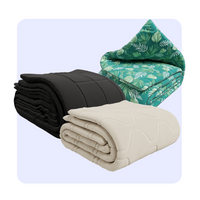





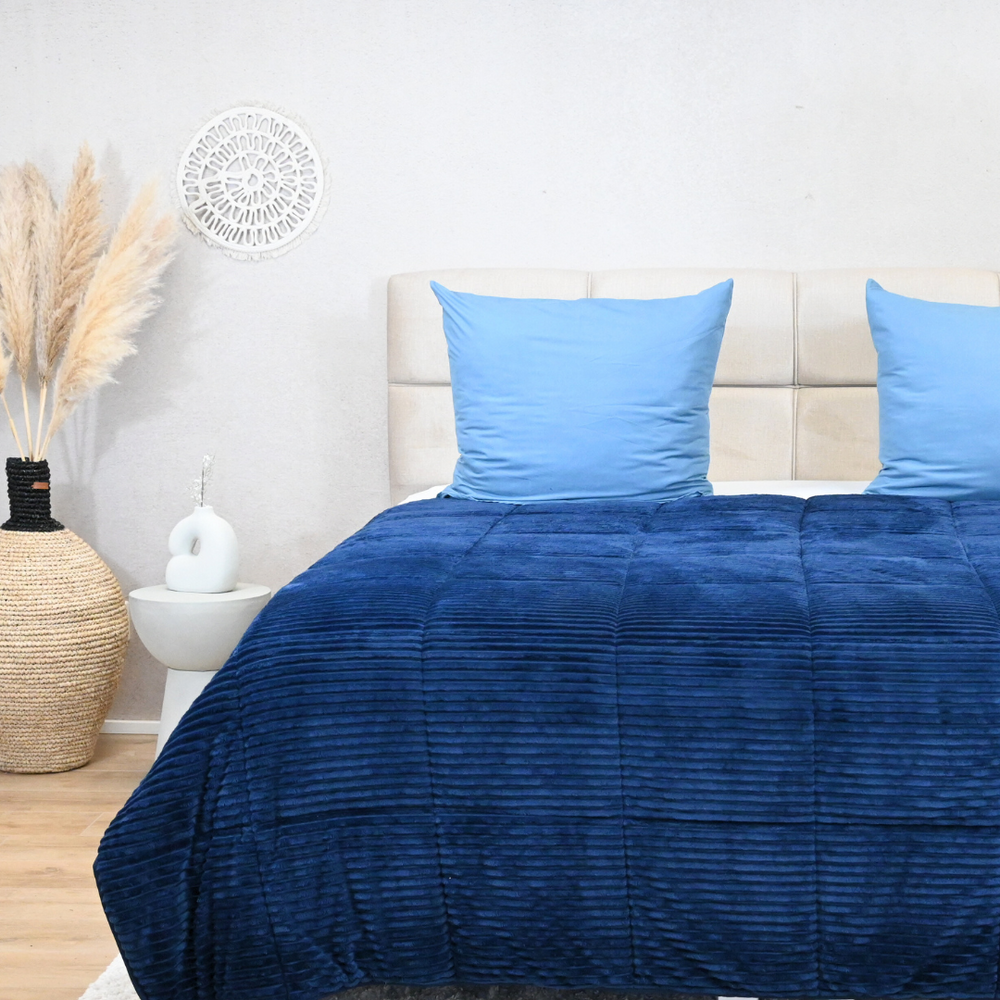
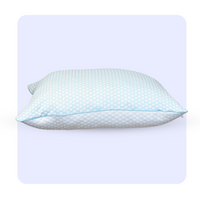
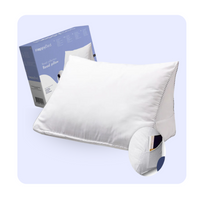
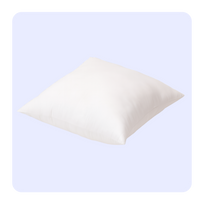


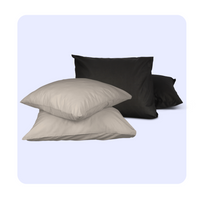
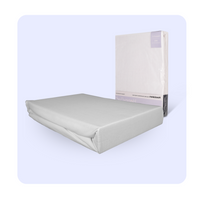



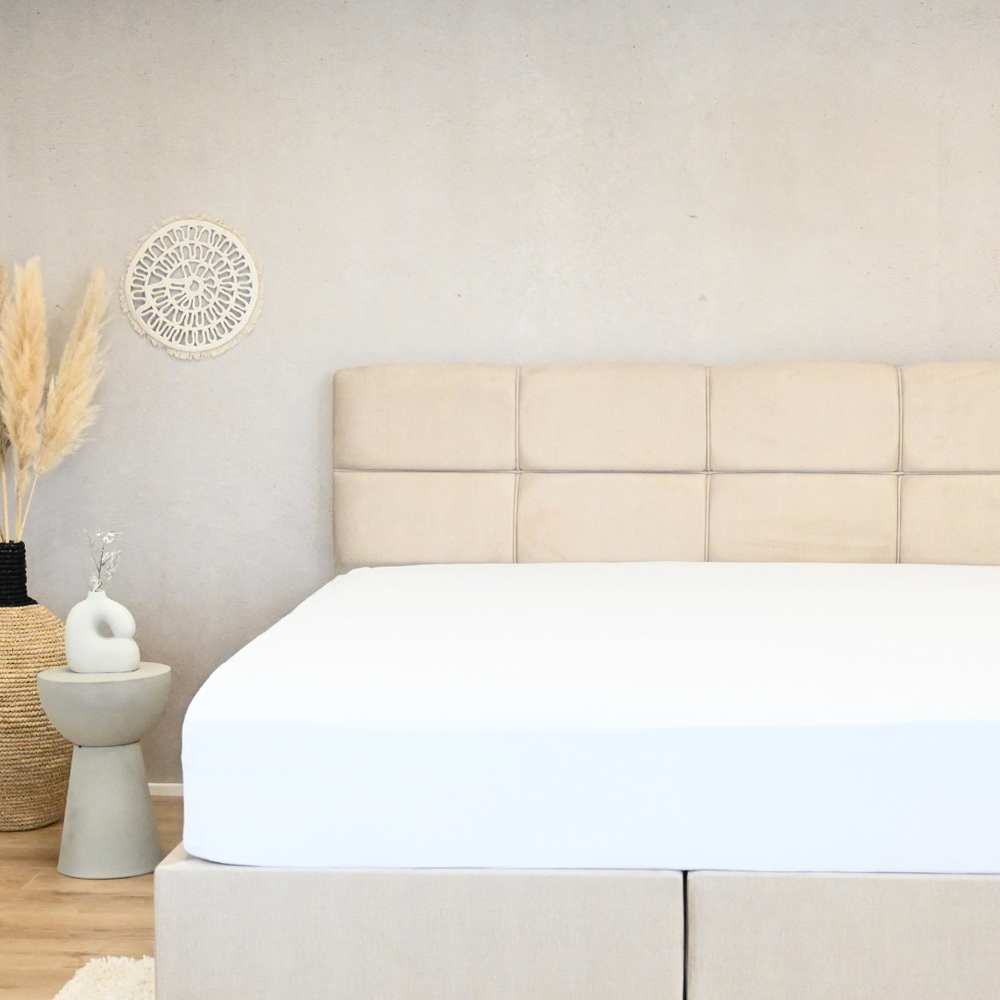
 Continue shopping
Continue shopping




